5 ways to fix Windows 10 Startup problems in 2024
Windows 10 Won’t Boot? You can easily Fix it with Startup Repair and BootRec Commands

Windows 10 Won’t Boot after a power failure, or the computer won’t start after installing a new update or adding new hardware? Usually, after several boot failure windows perform a startup repair to automatically detect and fix the startup problems on Windows 10. But sometimes you may notice Windows 10 startup repair not working, Here in this article we have different solutions you can apply to fix if Windows 10 computer fails to boot properly.
How to fix Windows 10 startup problems
There are different reasons cause Windows 10 won’t start or boot, Problems related to the Master boot record, windows system file corruption, hardware incompatibility or driver malfunction are common. You can access advanced options and perform startup repair to fix the Windows 10 won’t boot problem. If Windows startup repair not working or Windows 10 not booting, you can access the command prompt from advanced options and rebuild the master boot record to fix such Windows 10 startup problems on your computer. In addition remove external devices, to check compatibility issues or boot into safe mode and update device drivers to fix startup problems on Windows 10.
Perform startup repair
Hence windows 10 won’t boot normally, we need to boot into the recovery environment to fix startup problems. You can click on Advanced options here or boot from installation media to access advanced options on Windows 10.
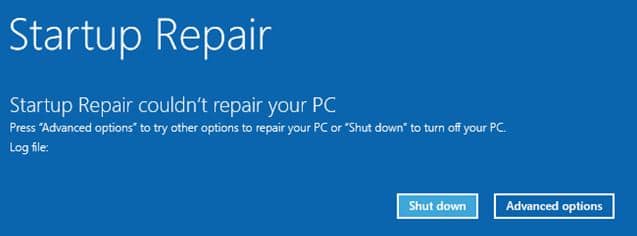
Access advanced options using installation media:
You need to boot from installation media, if you don’t have here is how to create a bootable Windows 10 USB.
- First Insert the media into a USB port or a DVD drive, depending on the format you are using.
- Power off and on your computer, during the boot screen tap on F12 or Del key rapidly to access the BIOS screen,
- Move to the boot menu using the left/right arrow key, and change the first boot of your installation media
- Press F10 to save the change, and restart your PC, When it boots to the media, skip the first screen.
- On the next screen click on the Repair Computer option.
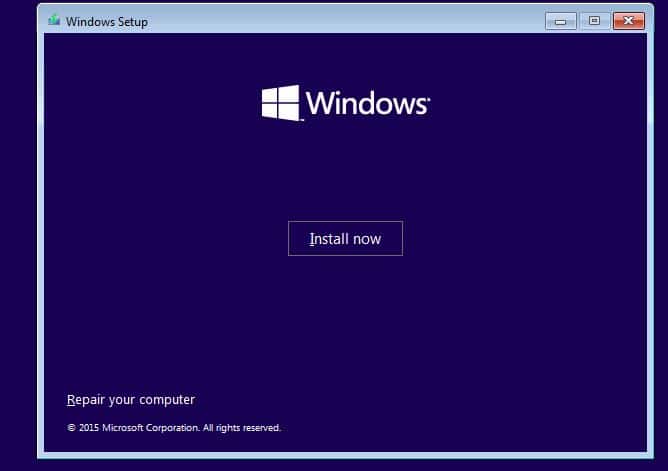
- Select Troubleshoot then Advanced Options
- This will represent you with various Startup troubleshooting tools to fix different startup problems.
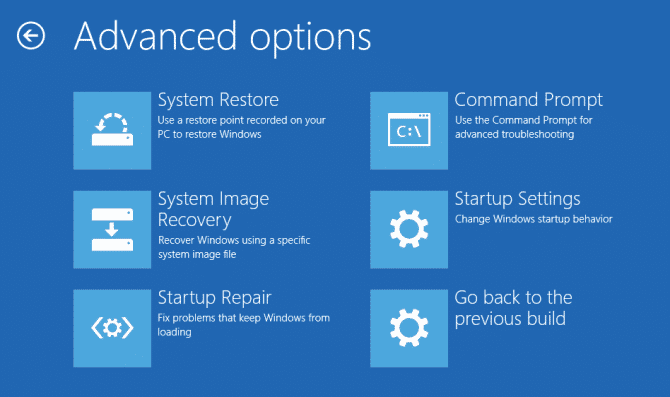
- Here click on “Startup Repair” button and follow the simple on-screen instructions to fix your system
- This will diagnose and repair or replace missing or corrupted system files, fix disk errors, or repair the boot sector.
- Once the repair completes, this will start Windows normally.
Repair Master boot record
The MBR is a data structure within a partition that allows a computer to find and load the OS on startup. The problem with the master boot record is another common reason why Windows 10 won’t boot normally. If the start repair fails to fix the problem or result startup repair couldn’t repair your PC, again access the advanced option this time select the command prompt.
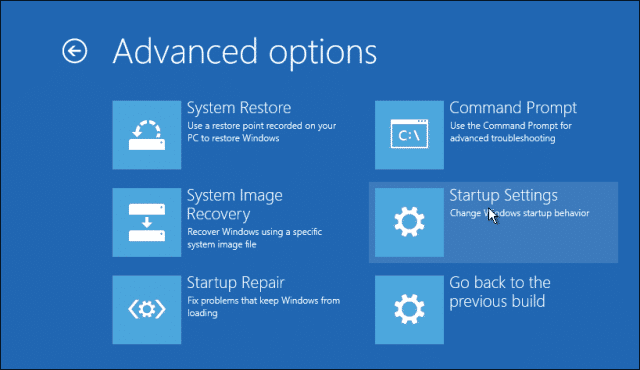
Once the command prompt opens run the following commands, one after one.
Bootrec.exe \fixmbr
Bootrec.exe \fixboot
Bootrec \rebuildBcd
Bootrec /ScanOs
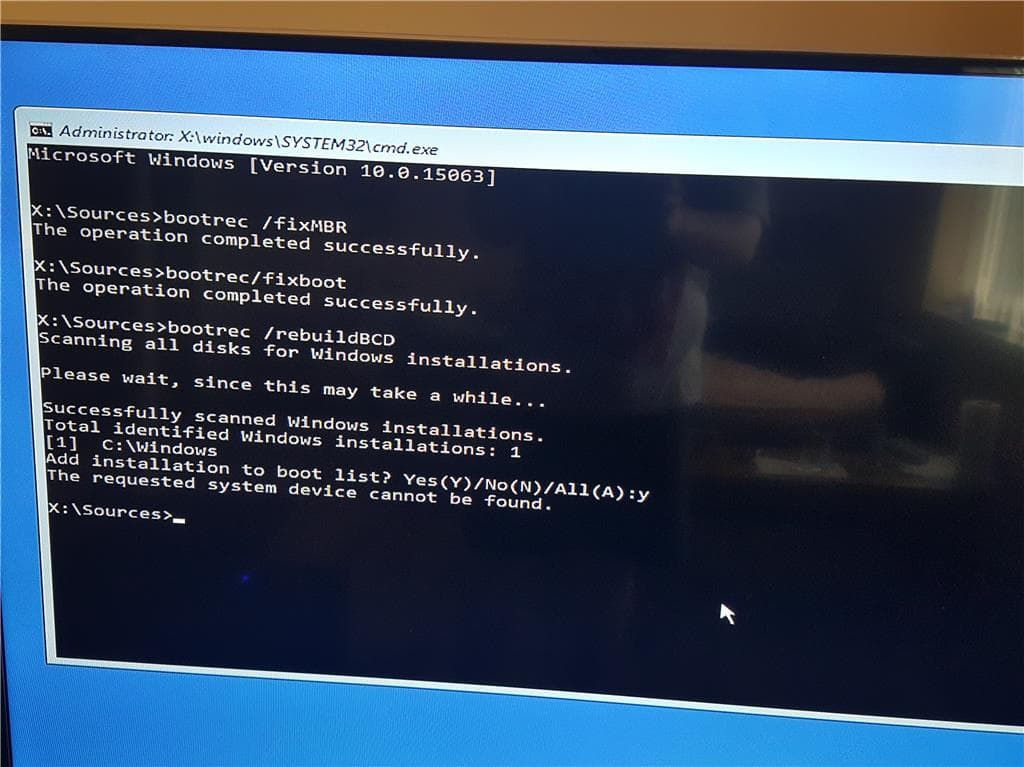
The above command resolves MBR corruption issues, check and fix if the boot sector is damaged, rebuilds the boot configuration data and scans all connected drives for operating systems that are compatible with the Windows Boot Manager.
Now restart your PC and check if Windows 10 starts normally. If not you need to boot into safe mode and check system file corruption, disk error or update drivers.
In Safe Mode, only essential system processes and services are loaded, which can make it easier to identify and fix problems.
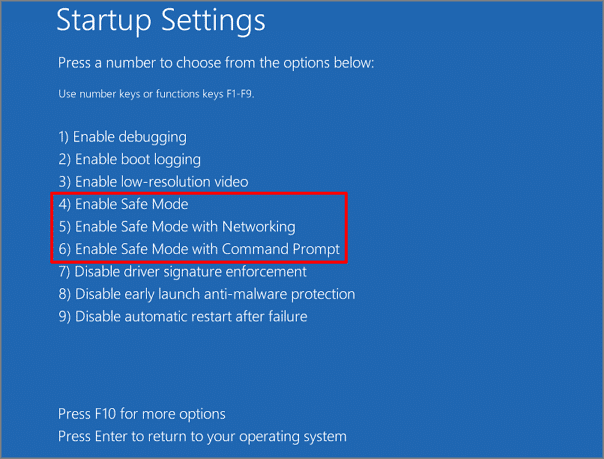
Run system file checker scan
Corrupted system files also could be the reason why Windows 10 won’t boot. If the above solutions fail to fix the problem, start the computer in safe mode and run the system file checker to scan for and repair or replace damaged files and fix windows 10 startup problems.
- Press Windows key + S, type cmd and click on run as administrator,
- Type the command sfc /scannow and press enter key
- This will scan all protected system files, and replace corrupted files with a cached copy that is located in a compressed folder at %WinDir%\System32\dllcache.
- Let the scanning complete 100% once done, reboot your PC and check if Windows 10 start normally.
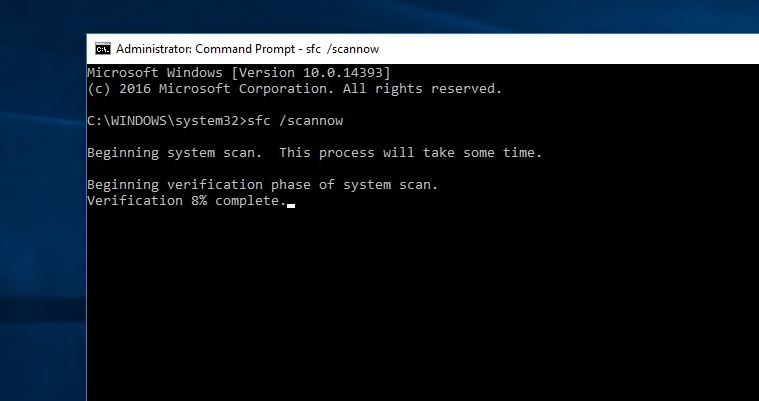
Note: If sfc scan results “found corrupt files but was unable to fix some of them” Run DISM restore health command DISM /Online /Cleanup-Image /RestoreHealth. This will repair the system image and enable sfc to repair or replace corrupted files on Windows 10.
Repair Disk error using chkdsk
Bad sectors on the hard drive, file system errors, and corrupted disk structures also cause Windows 10 computers to fail to boot. You can run chkdsk command to scan your hard drive for errors and attempt to fix them.
- Either start your PC in safe mode and open the command prompt Or access Advanced Startup Options then select the command prompt option
- Once you’ve launched Command Prompt, type “chkdsk C: /f /r” and press Enter to scan hard drive for errors and fix them. You can add extra /X to dismount the volume if required.
- If the volume in use, schedule check disk errors on next start, Press y and hit enter key
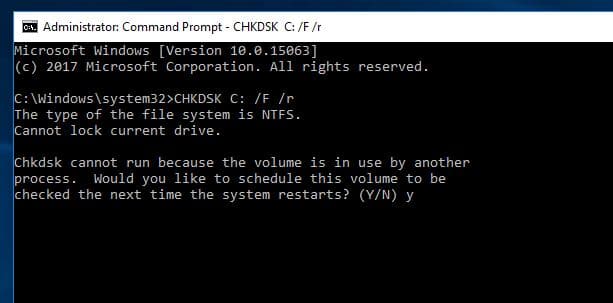
- Restart your computer to check disk drive for errors and fix the Windows 10 startup error.
- Wait until 100% complete the process, After that windows will Restart and Start normally.
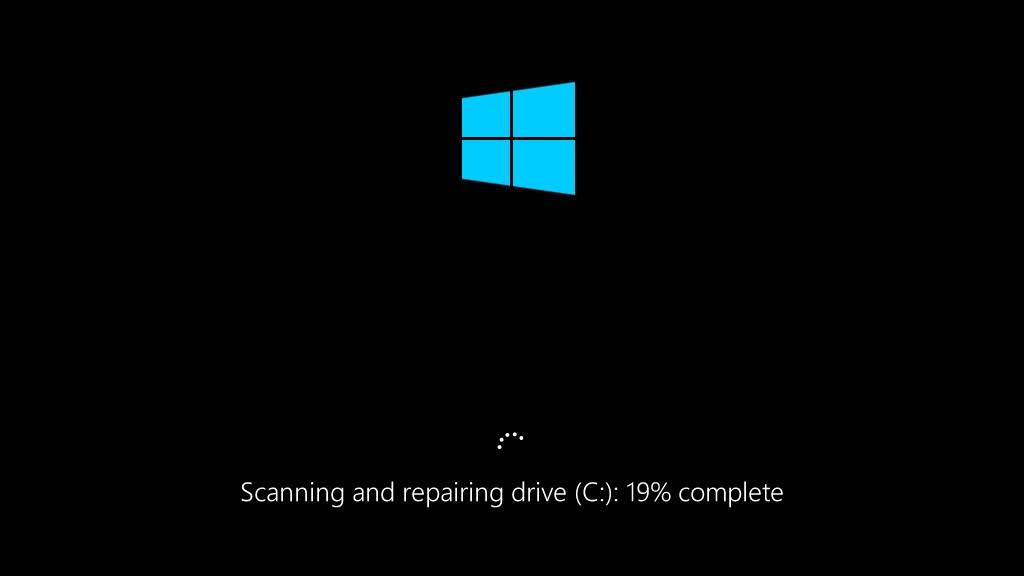
Disable Fast Startup
In some cases, Fast Startup can also cause Windows 10 to fail to boot up properly. If the above solutions didn’t fix the problem, try to disable the fast startup feature in safe mode and check if this help fix the problem.
- Press the Windows key + R, type powercfg.cpl and click ok
- On the left side click on Choose What the power buttons do then Change Settings that Are currently Unavailable
- And finally uncheck the option next to Turn on Fast Startup (Recommended) then click save.
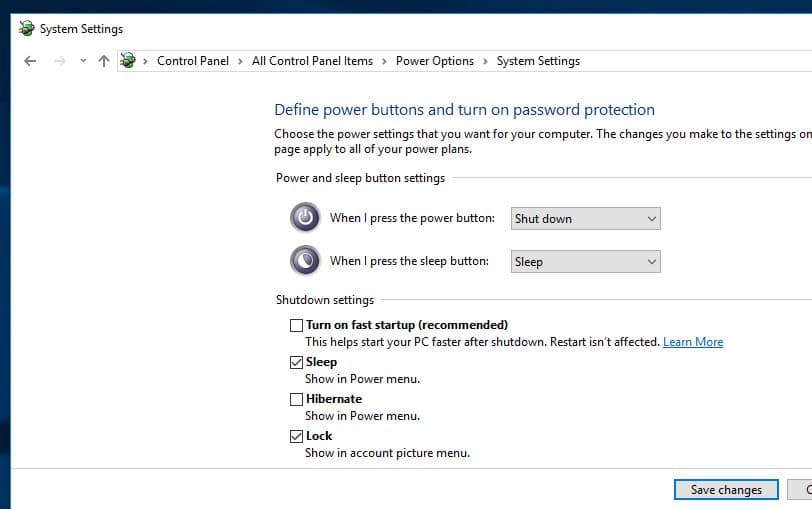
The driver software allows your computer to communicate with hardware devices, if the driver is outdated or incompatible with the version of Windows it can also be the reason for the Windows 10 won’t boot problem. For example, an outdated Graphic driver causes your computer to display a black screen at startup or fails to communicate with the hard disk and result computer won’t start normally.
Start your PC in safe mode, and try to update device drivers on your computer to fix Windows 10 startup problems.
